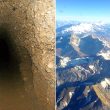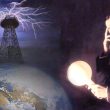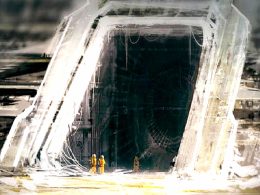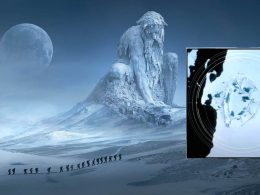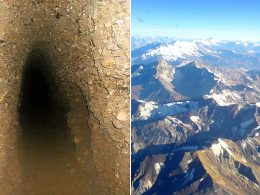In current times, the idea of the existence of lost civilizations of giants has spread a lot among people, thanks mainly to the Internet. However, a few decades ago, this topic was unknown to the vast majority of people. Peru is one of the countries where these ancient stories have been documented by chroniclers or passed down from generation to generation, showing the “strangeness” that the colonizers witnessed hundreds of years ago.
There is a special area on our world where there are many stories and legends about people of great stature. Also, these stories are not thousands of years old, but only a few hundred.
Stories about the Peruvian giants have been known since the 16th century, when the first Spanish conquerors arrived in this region.
One of the first reports of the Peruvian giants is the story of the conqueror Pedro Cieza de León, which is described in the folio Royal Comments of the Incas, Volume 1, written by the Inca Peruvian writer Garcilaso de la Vega. Cieza de León apparently did not see the giants with his own eyes, but spoke to those who saw them.
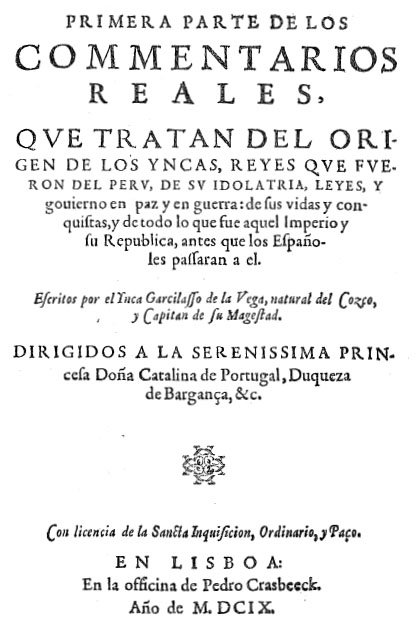
In his report, he described that once upon a time people of great stature sailed on their large rafts from the reeds to the shore, where the village of local natives was located. The town was located on the Santa Elena peninsula, which is now the territory of Ecuador.
The giants disembarked from the rafts on the peninsula and established their camp near the conquerors. Apparently, they decided to settle there for a long time, because they immediately began to dig deep wells to extract water from them.
Normal men were knee-tall…
An excerpt from the ancient text narrates:
“Some of them were so tall that a normal-sized man would barely reach their knees. Their limbs were proportional to the body, but their huge heads with shoulder-length hair were monstrous. Their eyes were huge as platters and their faces were beardless.
Some of them were dressed in animal skins, but some were in their natural state (without clothing). Not a single woman was seen among them. When they set up camp, they began to dig deep wells to get water. They dug them in stony soil and then built strong stone pits. The water in them was excellent, it was always fresh and tasted good.”

As soon as the giants established their camp, they immediately made a bloody raid on the village of the local natives. According to Cieza de León’s description, they stole everything they could grab and ate everything they could eat, including people!
It was a terrible sight when these huge people hung from the trees and the natives fled from them, and they could hardly defend themselves. Then, at the site of the devastated village, the giants built their great huts and stayed there to fish and hunt in the local forests.
This story ended with a completely surreal fact, when a “bright angel” appeared in the sky and took away all these giants.
Despite this, Cieza de León himself believed this story to be completely true and described that he personally saw the huge stone wells built by the giants. He also writes that other conquerors saw the wells and the remains of huge houses that the local natives were unable to build.
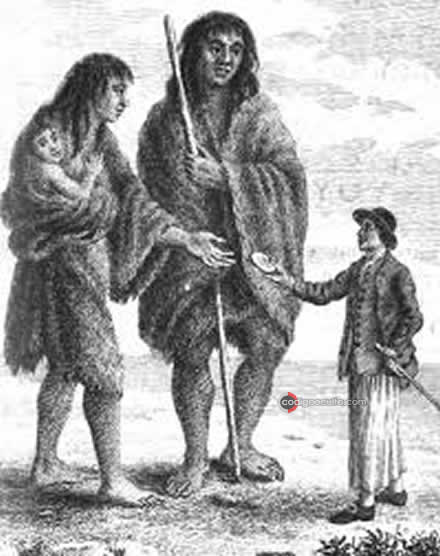
Furthermore, Cieza de Leon writes about even more curious things. He writes that the conquerors found very large human bones in this area, as well as pieces of teeth that were large and heavy.
“In 1550, in the city of Lima, I heard that when His Excellency Don Antonio de Mendoza, the viceroy and governor of New Spain, was here, some bones of people were found that were huge and could belong to giants.
I also heard that complete deposits of giant bones were found in an ancient tomb in or near Mexico City. Since many residents claim to have seen them first hand, we can assume that these giants really do exist and may belong to only one race.”
Another proof of the existence of the ancient Peruvian giants can be found in the records of Captain Juan Olmos, who in 1543 excavated ancient burials in the Trujillo Valley and supposedly discovered bones of people of great stature there.
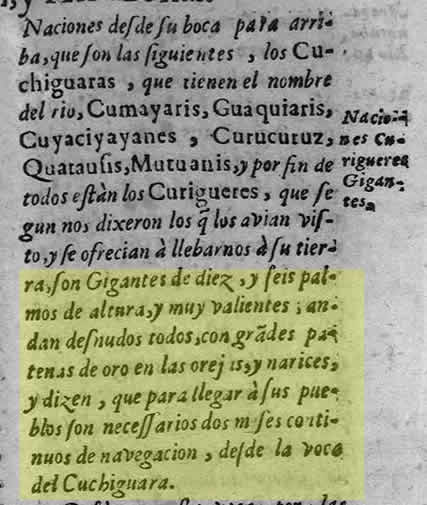
Later, another giant skeleton was found in the province of Tucumán by the conqueror Agustín de Zárate and his people. In general, similar stories come from Spanish characters who visited Peru during the 16th century and continued to appear in the 17th century.
In 1620, the Jesuit priest and missionary Pablo José Arriaga in his manuscript “The extirpation of idolatry in Peru” wrote the following:
“They (the representatives of the Spanish inspectors) took us to the other side of town, where there was a very large cave and the remains of giants lay in it. Among them were three giant bodies with deformed heads (elongated skulls) wrapped in ceremonial cloth. These giants were considered the ancestors of all these people from the village who worshiped them, even sacrifices were made in their honor. Then (the Spanish) burned all these bodies.”
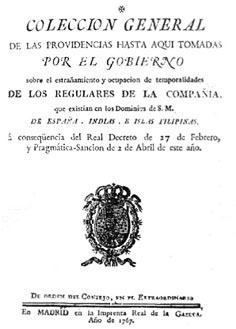
In the 18th and 19th centuries, stories about Peruvian giants also appeared, but they became smaller and were already perceived as myths and legends, and not as something real.
Article published by Mystery Signal


